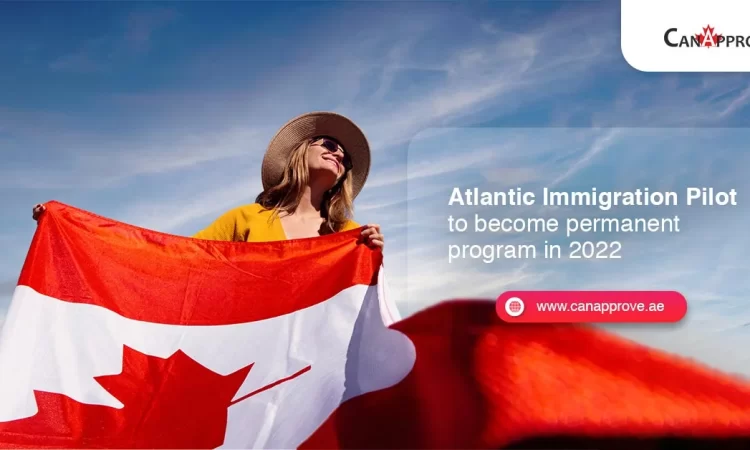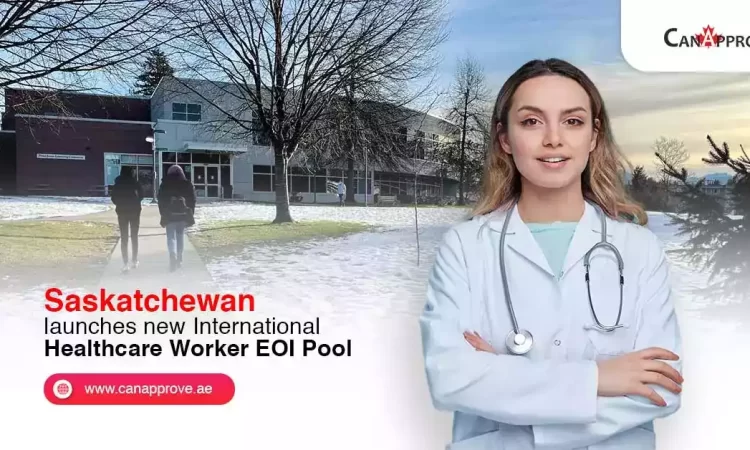Statistics Canada is out with a new study on immigrant mobility. The study focuses on where immigrants prefer to stay before and after obtaining Canada permanent residency. It gives valuable insights into what sorts of places immigrants find attractive. What factors play into their decision to immigrate to Canada.
Researchers at Statistics Canada used tax file data of Canadian immigrants from the 2020 Longitudinal Immigration Database. They examined immigrants who came to Canada in 2014 for this study.
Immigrant Mobility study found Canadian cities like Vancouver, Toronto, and Edmonton to have the best immigrant retention figures. Immigrants who moved to Vancouver in 2014 had the highest retention rate at slightly more than 86 per cent five years after Canada PR. Toronto came second with about 86 per cent staying in the city five years later. Edmonton came in third place at nearly 85 per cent.
Immigrant retention in this study is to be understood as immigrants staying in their original province or territory of admission for the duration of the study.
Another surprising result popped up with Halifax in Atlantic Canada posting a retention rate of nearly 58 per cent. Historically, Atlantic Canada including New Brunswick, Nova Scotia, Prince Edward Island, Newfoundland, and Labrador has had low retention rates. The change in status of the Atlantic Immigration Pilot (AIP) into a permanent program will boost immigration to Canada. AIP to target 6,000 eligible candidates each year for Canada permanent residency.
Most Stay in Province or Territory of Admission After Their Immigration to Canada
The retention rates by province and immigration class at the 10-year mark were similar to those observed at five years.
Ontario had the highest retention rate overall at almost 94 per cent, followed by British Columbia at nearly 90 per cent, and Alberta at 89 per cent. Among the Atlantic provinces, Nova Scotia had the highest retention rate of nearly 63 per cent.
Family-sponsored immigrants had a five-year retention rate of more than 93 per cent while the economic-class immigrants stayed at a rate of about 82 per cent.
The study concluded that most immigrants prefer to stay in a province after their immigration to Canada. The study also noted that immigrants were more likely to move, if at all required, in the early years following their admission.
| Having prior work or study experience in Canada plays a significant role in immigrants’ choices to move between regions.
Plan your Canadian immigration journey with CanApprove. |
Immigrants Often Stay in the Province Where They Worked Before Canada Permanent Residency
Among the immigrants who obtained Canada PR in 2014, those with work experience more often stayed in the province or territory of admission.
Newcomers with work and study experience had a retention rate of about 81 per cent. Those who only had work permits before obtaining Canada PR had a retention rate of more than 90 per cent.
However, immigrants who had only study permits before getting Canada permanent residency had the lowest retention rates at about 79 per cent. The study did not provide any specific reasons behind why immigrants decided to relocate.
Through this study, newcomers may get an idea in which region to plan their immigration to Canada. At CanApprove, our expert counsellors present you with a range of options based on your academic or work profile that matched your interest.
CanApprove is a certified immigration consultant by the College of Immigration, and Citizenship Consultant (CICC). Book your free appointment today to plan your best options to get Canada permanent residency.
 WHATSAPP
WHATSAPP
















